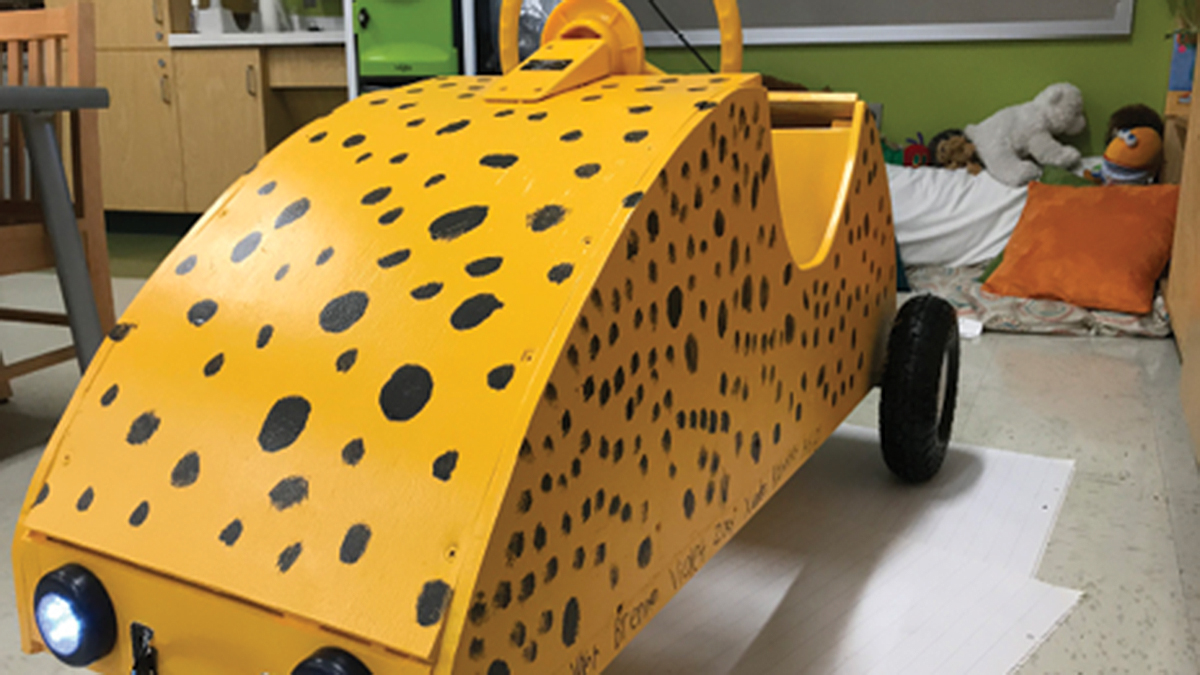From the Editor's Desk
Three-Dimensional Learning
Science Scope—November/December 2022 (Volume 46, Issue 2)
By Patty McGinniss
cross-curricular connections
Doing It All
Effective integration of science and social studies along with other subjects is attainable with careful planning.
Science and Children—November/December 2022 (Volume 60, Issue 2)
By Amanda Sanderman and Chelsie Byram
methods & strategies
Don’t Forget the Demo!
How to choose quality demonstrations and maximize their use
Science and Children—November/December 2022 (Volume 60, Issue 2)
By Christopher Roemmele, Steven Smith, Sarah Nern, Brett Criswell, and Missy Holzer
teaching teachers
When Can We See Makali‘i?
Place-based storylines focused on modeling how Earth’s motion causes patterns we see in the sky
Science and Children—November/December 2022 (Volume 60, Issue 2)
By Lori Andersen
start with phenomena
Observing the Unobservable
Using multiple representations to shine light on Earth science phenomena
Science and Children—November/December 2022 (Volume 60, Issue 2)
By Jessica McClain, Celeste Nicholas, Katherine Zimmermann, Edward Pierce, Joshua Danish, and Qiu Zhong
engineering encounters
Bringing Engineering Into Play
Using guided play to help kindergarteners engage with pushes and pulls
Science and Children—November/December 2022 (Volume 60, Issue 2)
By Jesse Wilcox, Caitlyn Potter, Sarah Nolting, Sarah Voss, and Elyse Webb
science 101
Q: Do You Have an Activity for Daily and Seasonal Patterns and Motions of Earth?
Science and Children—November/December 2022 (Volume 60, Issue 2)
By Matt Bobrowsky
feature
Courageous Cheetah Car
Kindergarten engineers build a functional playground car with the help of family members
Science and Children—November/December 2022 (Volume 60, Issue 2)
By Rebecca Stobbs and Jeanne Norris

Freebies and Opportunities for Science and STEM Teachers, November 15, 2022
By Debra Shapiro

feature
Moon, Math, and Literacy
Interdisciplinary connections through a space science study in preschool
Science and Children—November/December 2022 (Volume 60, Issue 2)
By Candi Clevinger, Alissa A. Lange, and Elizabeth Schock



